Bang! The gunstart goes off and you rush to the open sea with hundred other triathletes in tow. You had practiced your stroke countless times in the pool. At least you knew you could swim. The technique is there. But 50 meters into the sea, you were swallowing water, you were gasping for air, and now, you are panicking! What have just happened? Next time you knew, you are hanging on to the swim line or buoy, or on your back…waving your arm to the nearest swim marshall.
You may have done the countless laps in the pool but you were not swimming with your fellow age-groupers who are lining up for the same position as you do. Someone is swimming over your left, the other side, and someone will also try to swim over you. And yes, where is the black line that keeps you straight?
And then there is the mental aspect of it, there is just the thought of swimming in an open sea that stress out beginners, and it can cause fear and anxiety. There are just the unknown aspect of openwater that is in sharp contrast to the calm and predictiveness of the lap pool.
However, with practice and a few tips and tricks you can boost your confidence in tackling open water swimming:
1. Practice in Open Water.
This is rather obvious. If you want to get comfortable swimming in open water, you must go out there and practice a lot in the open sea. Most open water swim failures happen when newbies sign up for the race, and their first experience in open water swim happens right there in the race. What usually happens, more often than not, is panic, and might ultimately lead to an early DNF.
Open water swim is a sensory experience. Sun in your eyes, waves and current, salty water, and the fish and seaweeds. The more you immerse yourself in that unpredictability, the more you become comfortable swimming in it. There is the sense that every time you hit the sea, you never know what it feels like, and that is the anxiety that comes before hand. Even veteran triathletes have this litte creep in their mind beforehand. But they are already familiar with the strangeness of that unpredictability that when they get their rhythm, they just swim through it.
It is also important to note never to swim alone in open water. Have that experienced swim buddy with you.
2. Mimic Washing Machine Starts in the Pool
While it is easy to get access to an open water and practice swimming, it will be very hard to tag along a group to simulate the frenzied, wrestling starts that happen in most triathlon races. You can simulate the starts in triathlon races by doing the drills with your swim group.
Share a lane with two other people and make them swim on your sides, with elbow contact and all. The more you do this often, the more you become comfortable being touched or hit while swimming.
While rolling starts are becoming the norm in most huge races, there is still the possibility of swimmers trying to get into a particular position at the same time (u-turns and corners). Be prepared for contact, practice it in the pool.
3. Position Yourself Appropriately
If you’re a strong swimmer, position yourself front and center. But you’re an open water newbie, so expect more contact with people who are aggressive and as fast as you. If swimming is not your strong suit, then seed yourself towards the back and off to the side.
If swimming in chaos is not your liking, you can go far off from the buoys and swim in clear water. You may lose some seconds, but you will get your rhythm faster. Finally, if you are a slower swimmer you can probably expect the faster athletes from the wave behind you to eventually catch up. Just continue with your stroke and expect some contact.
4. Start Slow
This is probably the same as run starts. The runners start off wildly, the faster runners’ pace brings along the crowd with them. After 200-300 meters into the road, your heart rate is beating fast and you are out of breath. You realize that you were running way beyond your regular pace. The only difference, is that you are on the road and walk to catch your breathe. Not in swimming though.
You are out of breathe, and you are swallowing water, and next time you know it, panic creeps in. So instead of starting like a madman, take it slow than your usual pace. When you get your rhythm in your stroke and you are rolling as you practiced, the pace will gradually increase.
5. Learn to Swim with Bilateral Breathing
While swimming in your most natural side is always the norm, there are advantages if you can breath in both sides. If you’ve become comfortable breathing to both sides, you can now choose a side to suit the direction of the swell or sun.
Breathing in both sides also lets you be prepared in whatever orientation the course maybe. Navigation and sighting will also be easier.
Another breathing technique that beginners must train in the pool is hypoxic swimming. It is not holding your breathe, rather it is controlling your exhale and becoming comfortable with not breathing every stroke. Learning this technique is another way to get more relaxed and more comfortable in swimming.

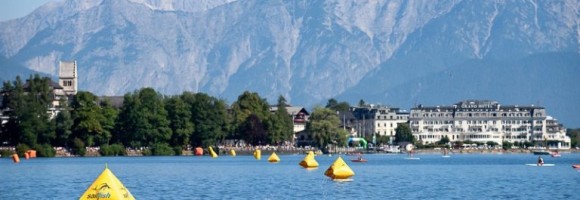

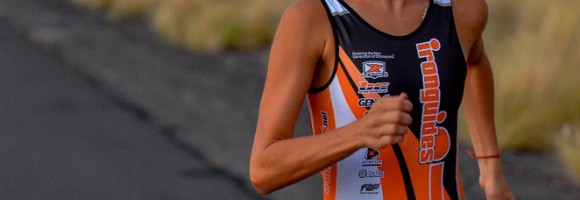
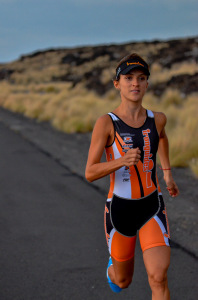


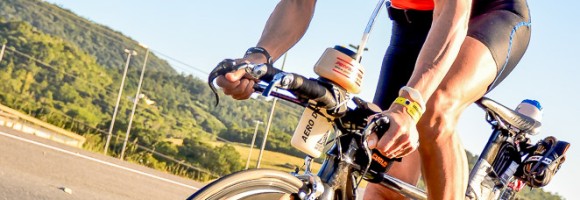
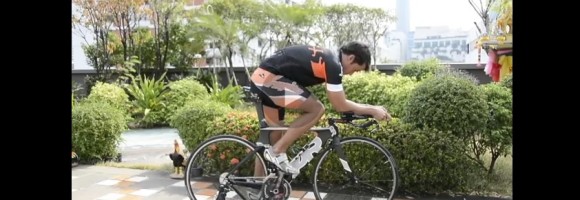
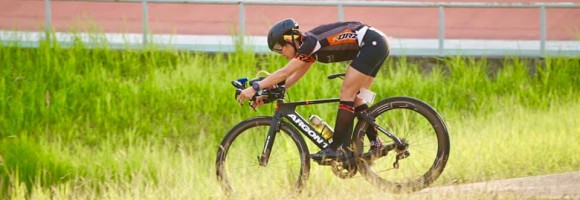


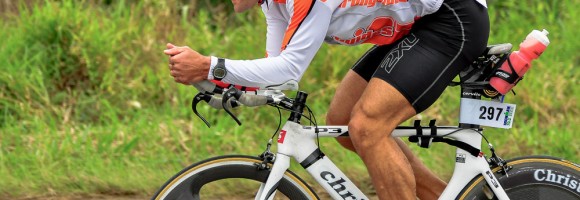
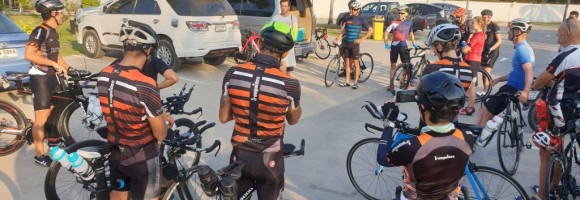





























Recent Comments